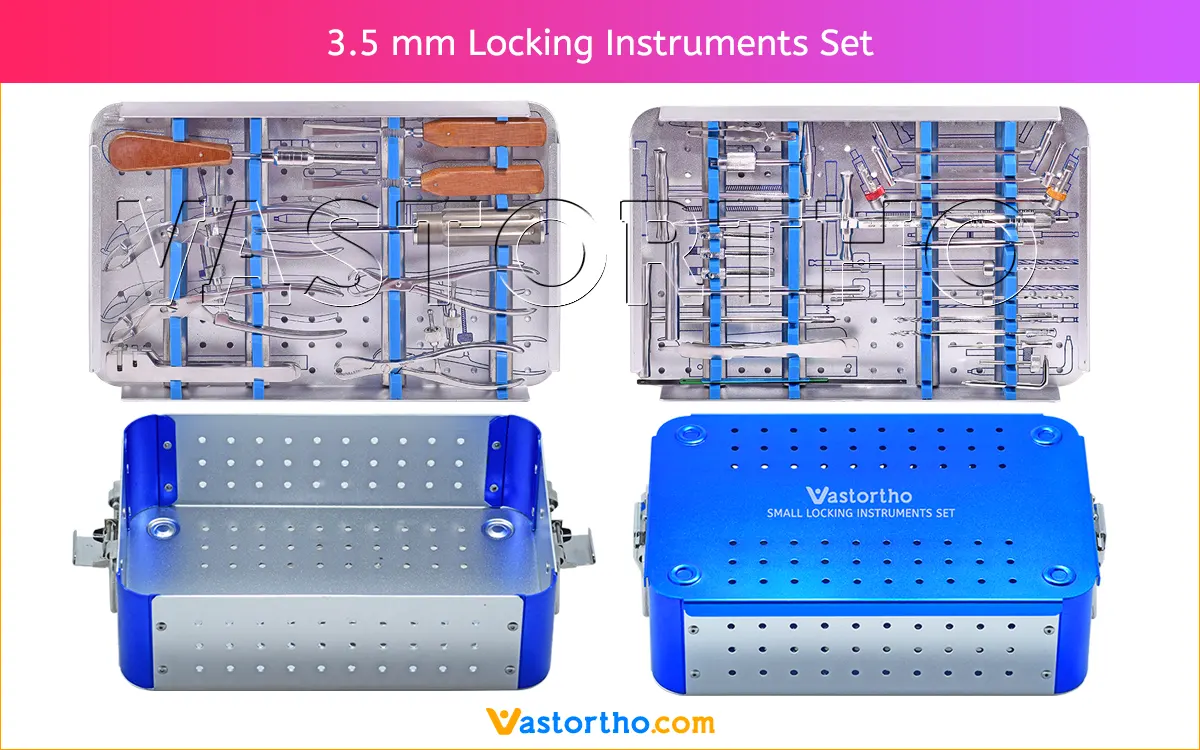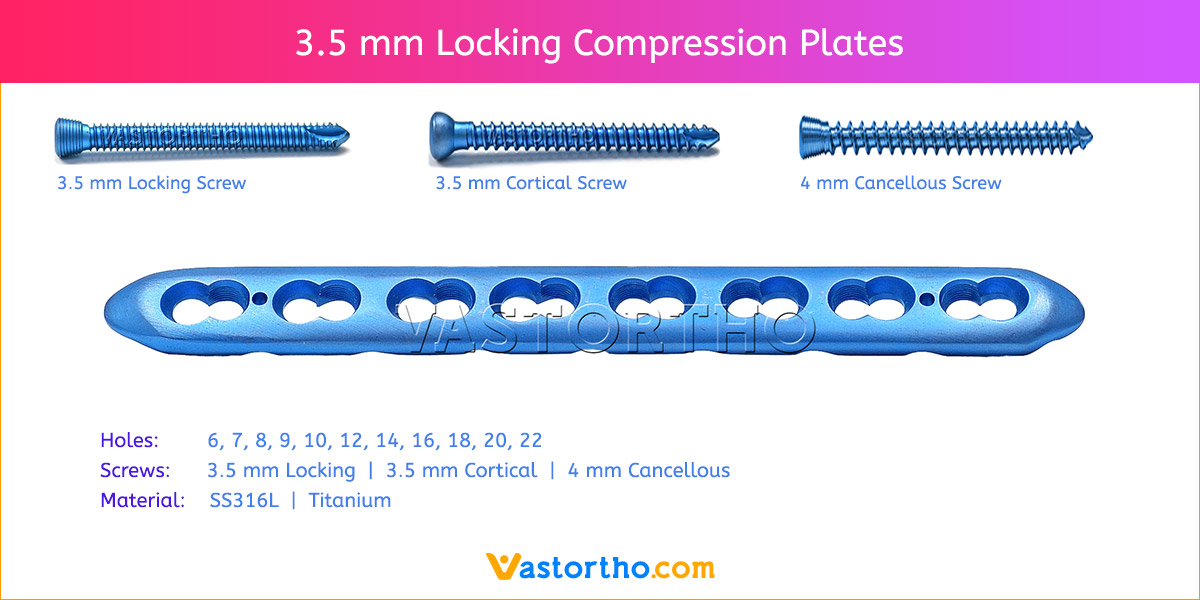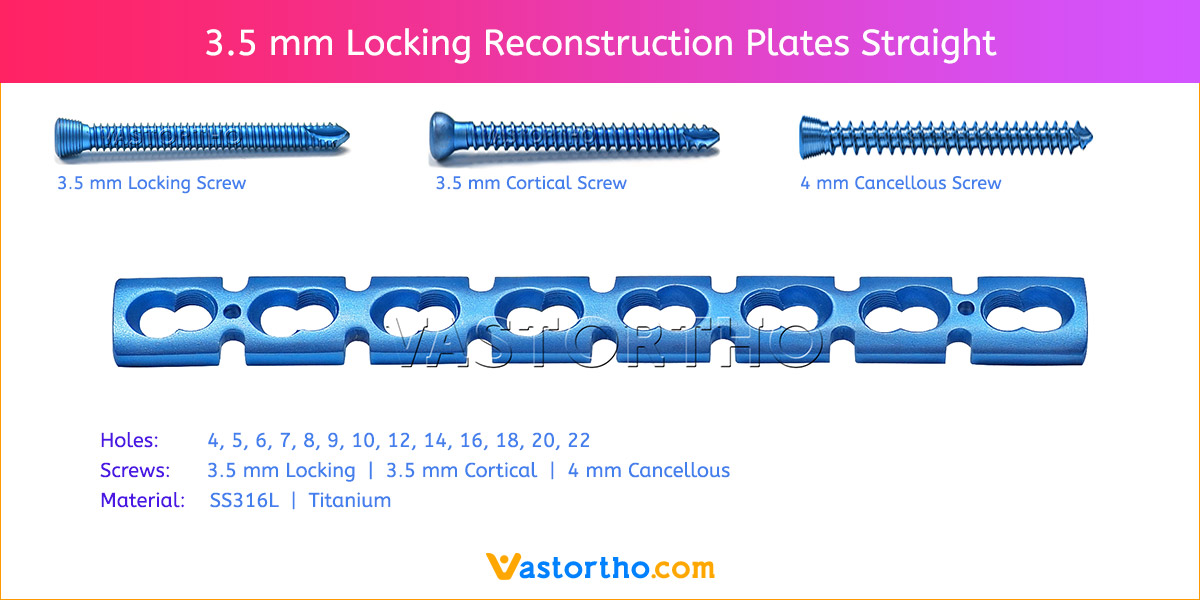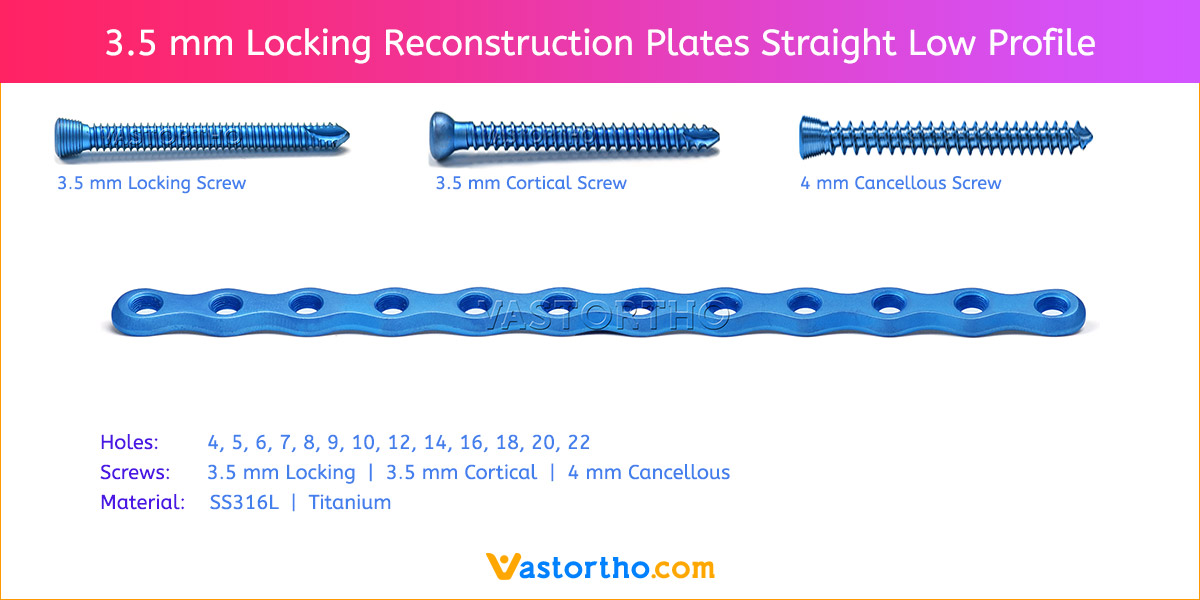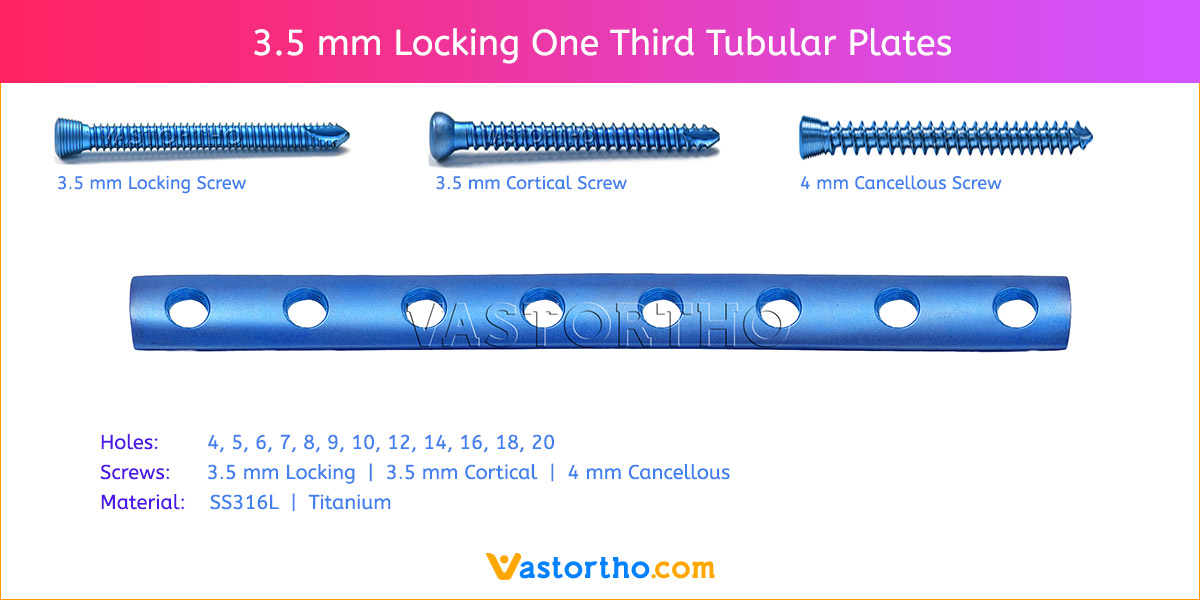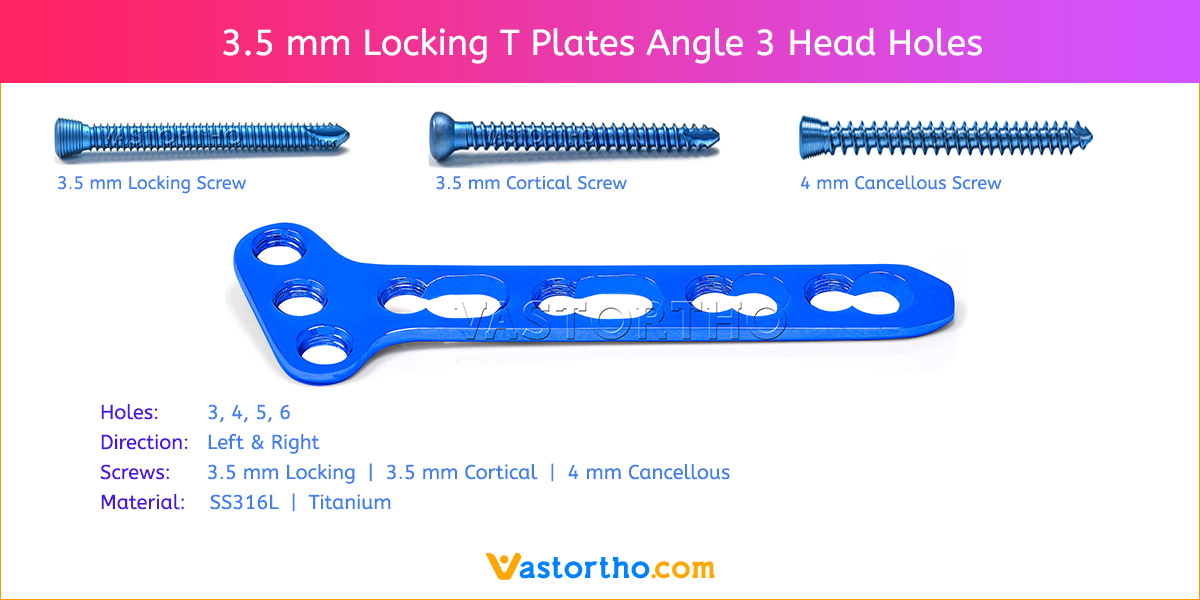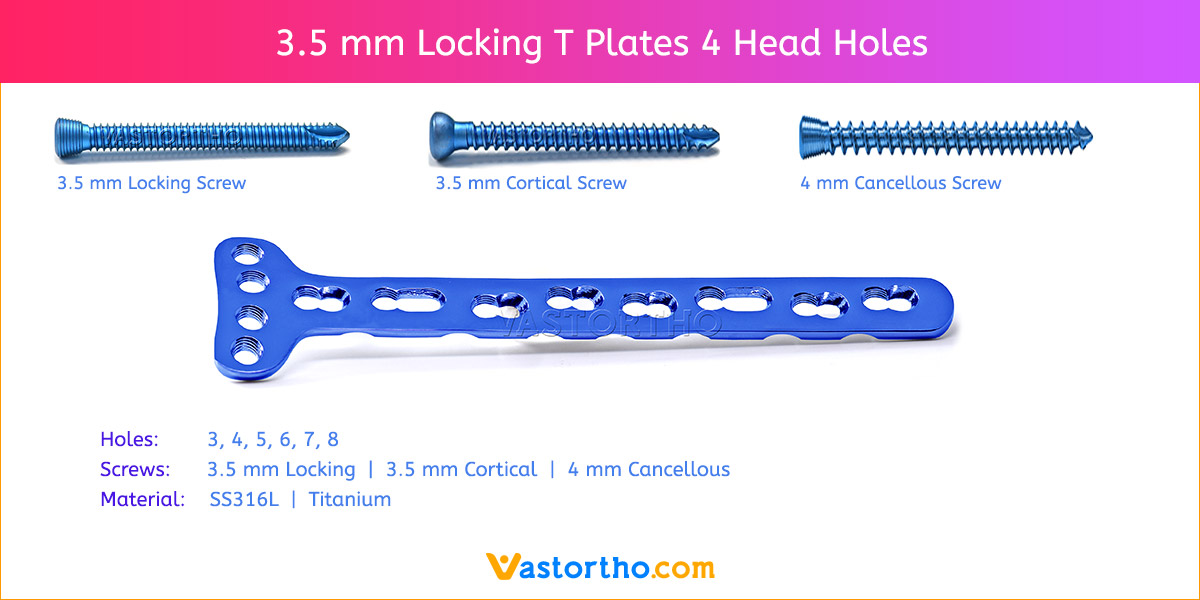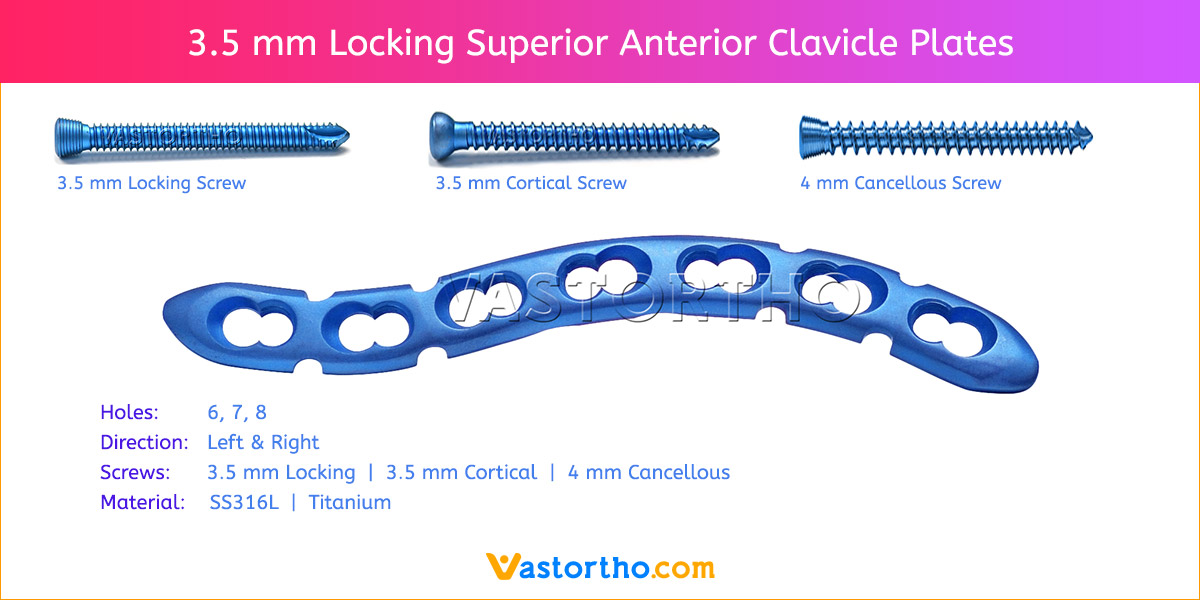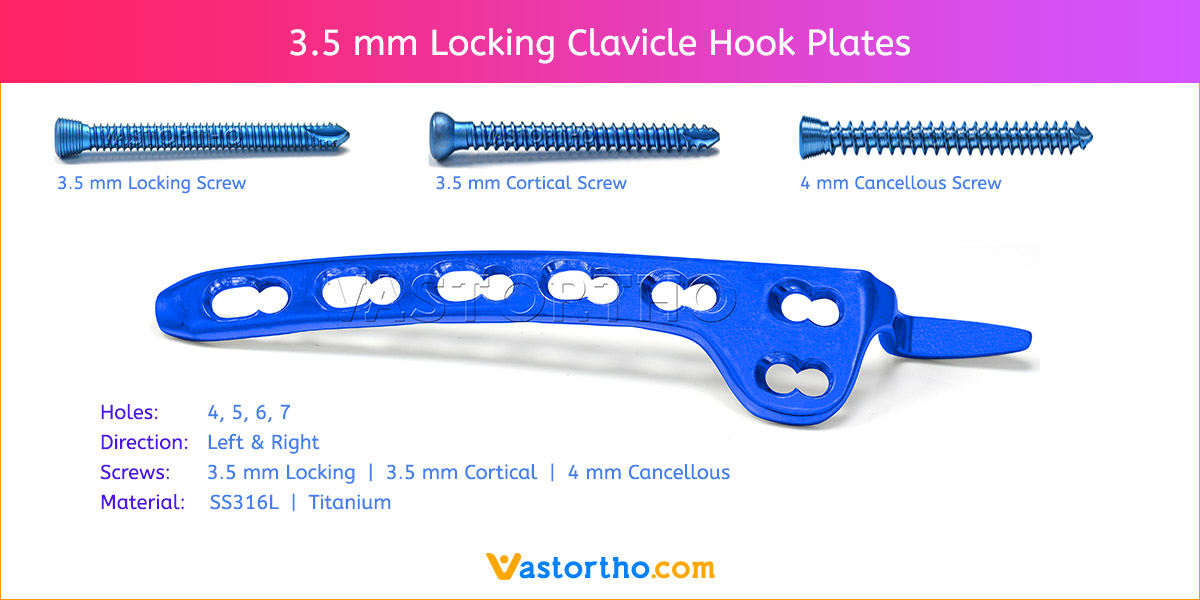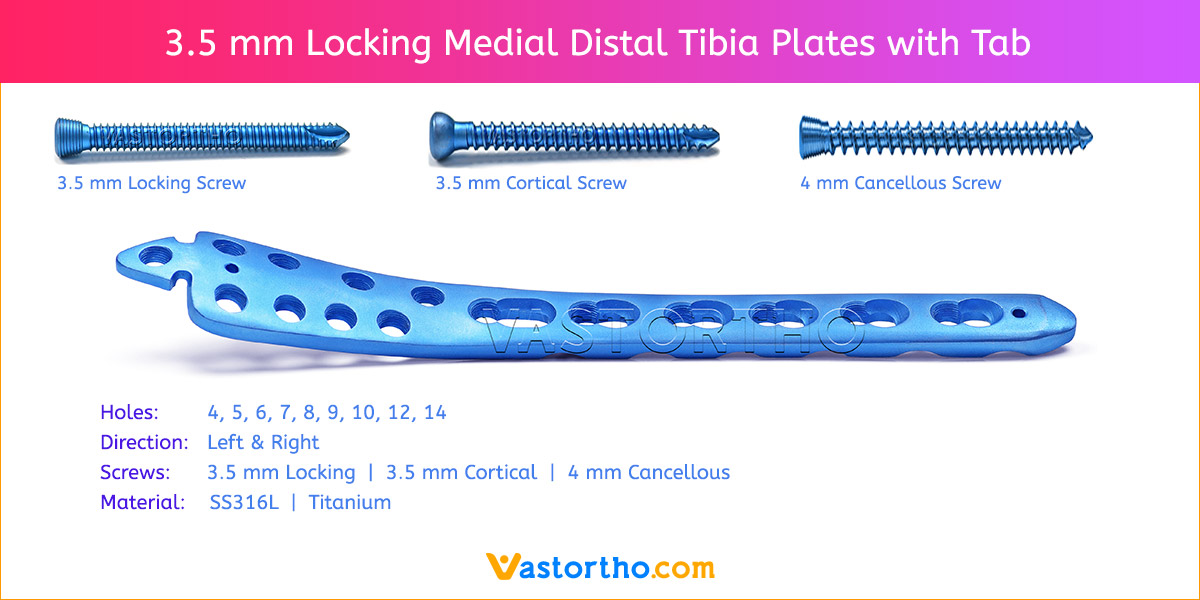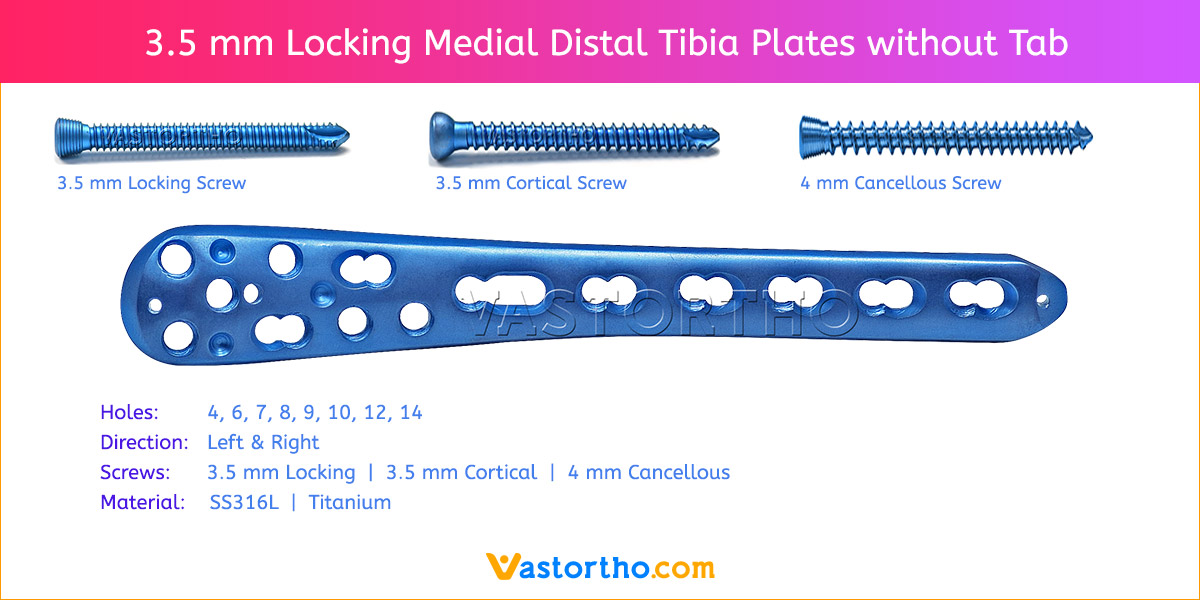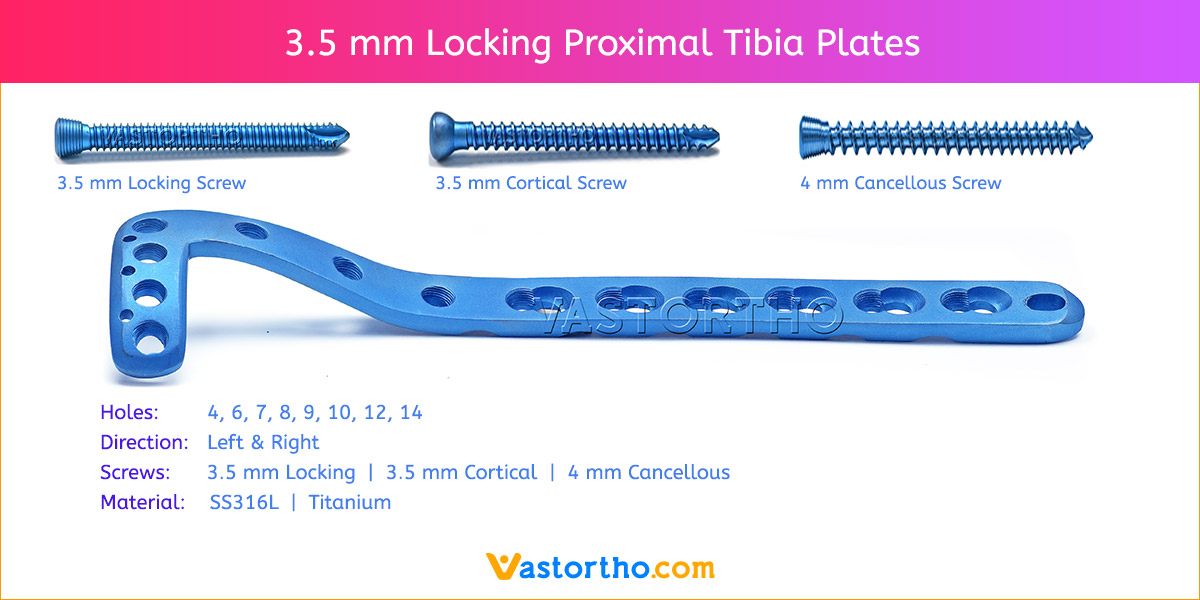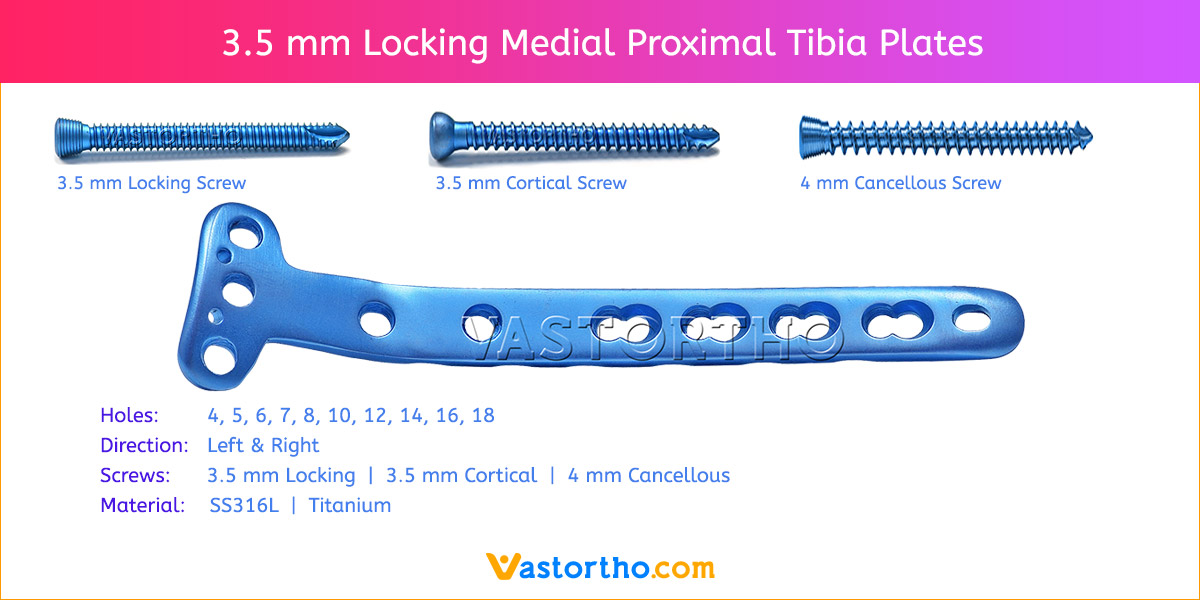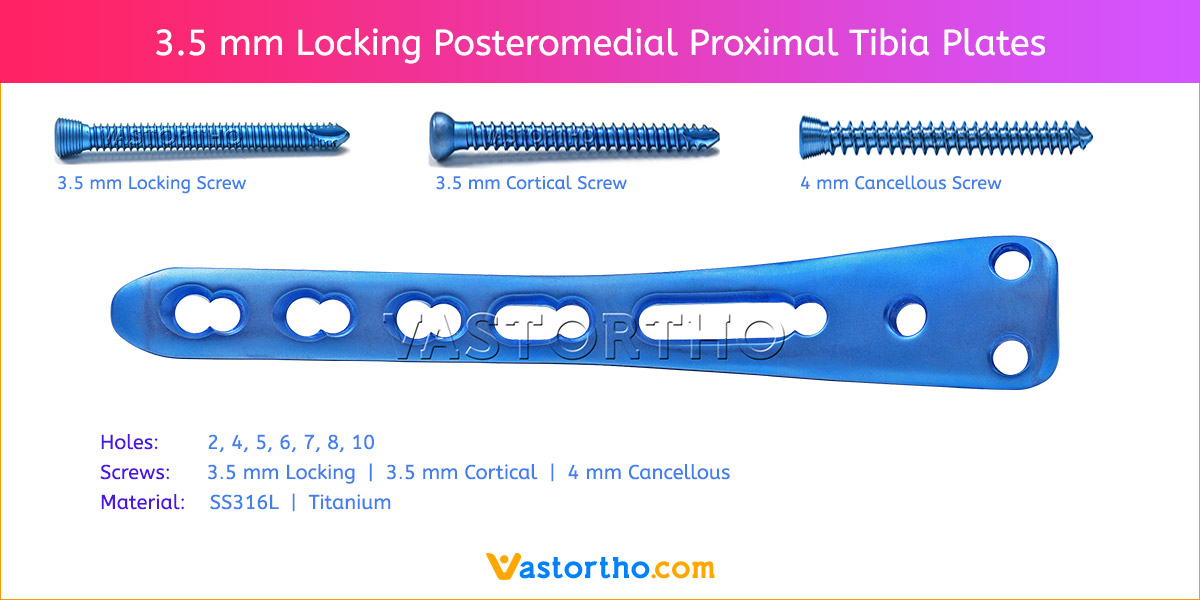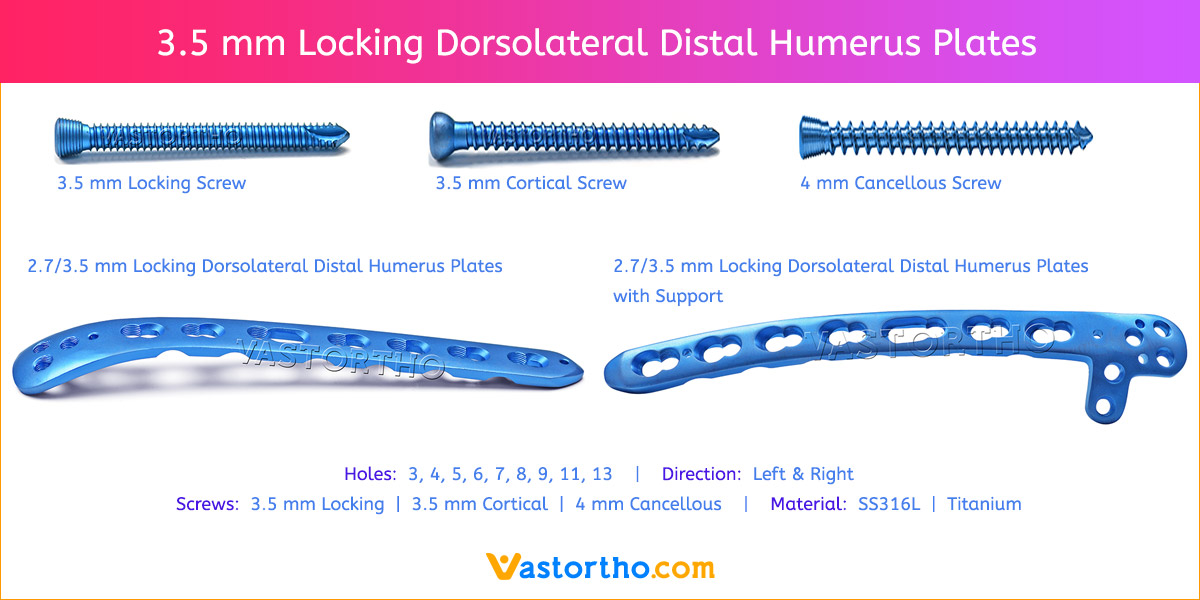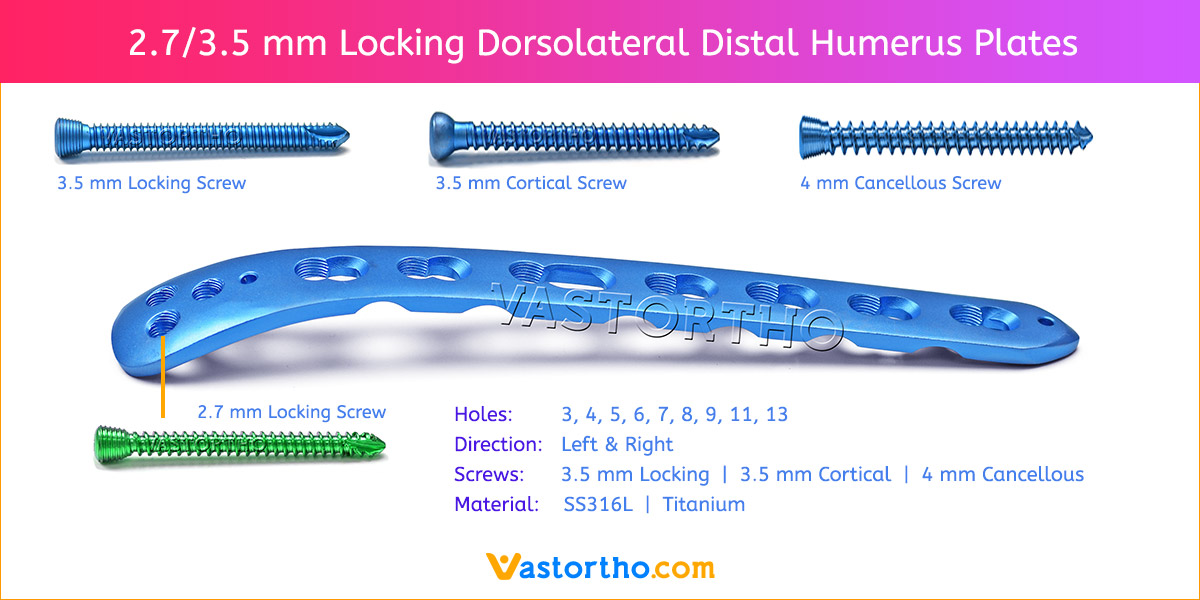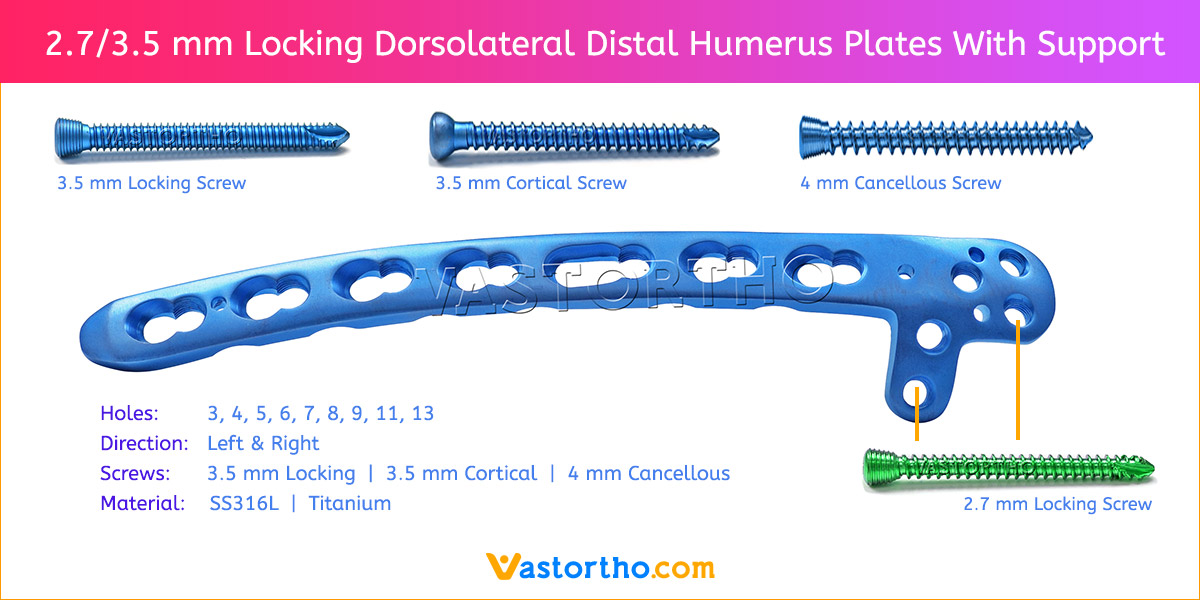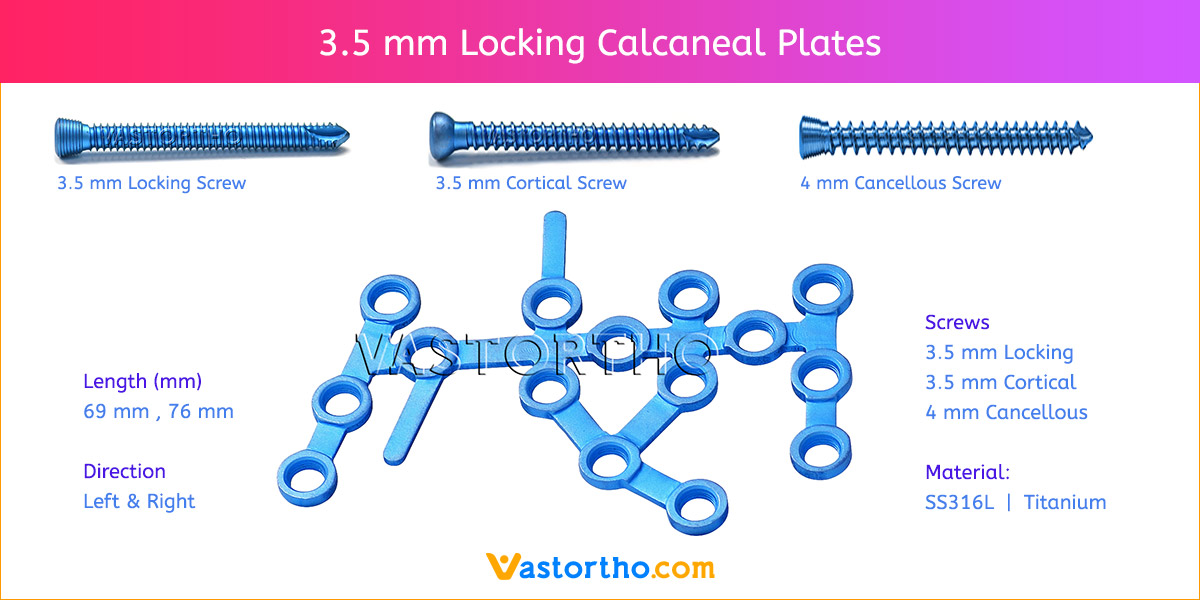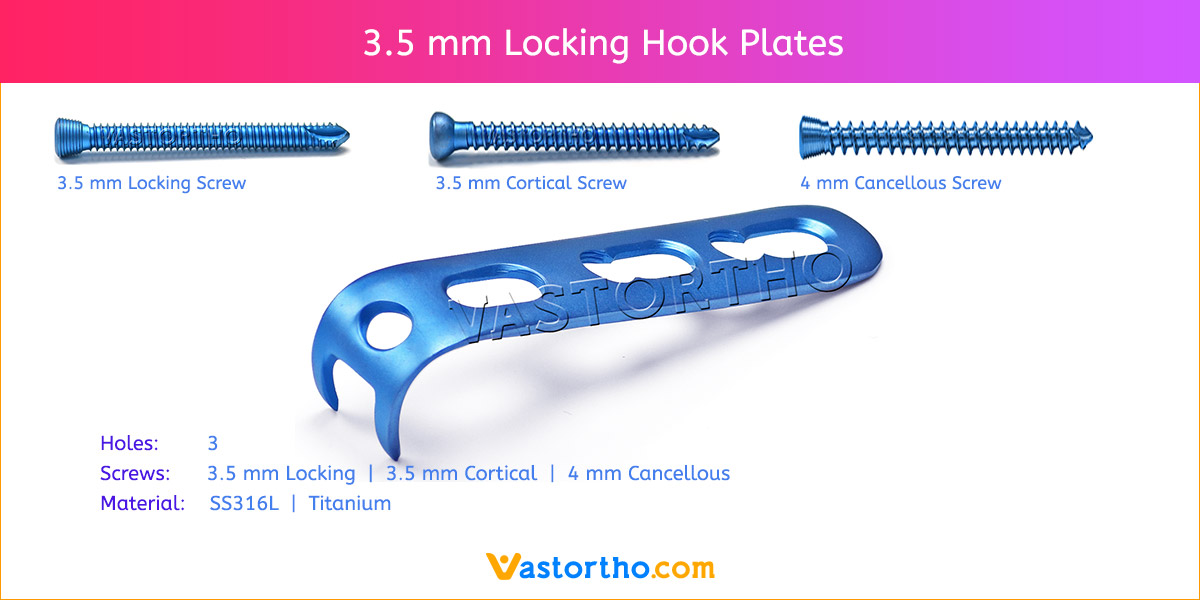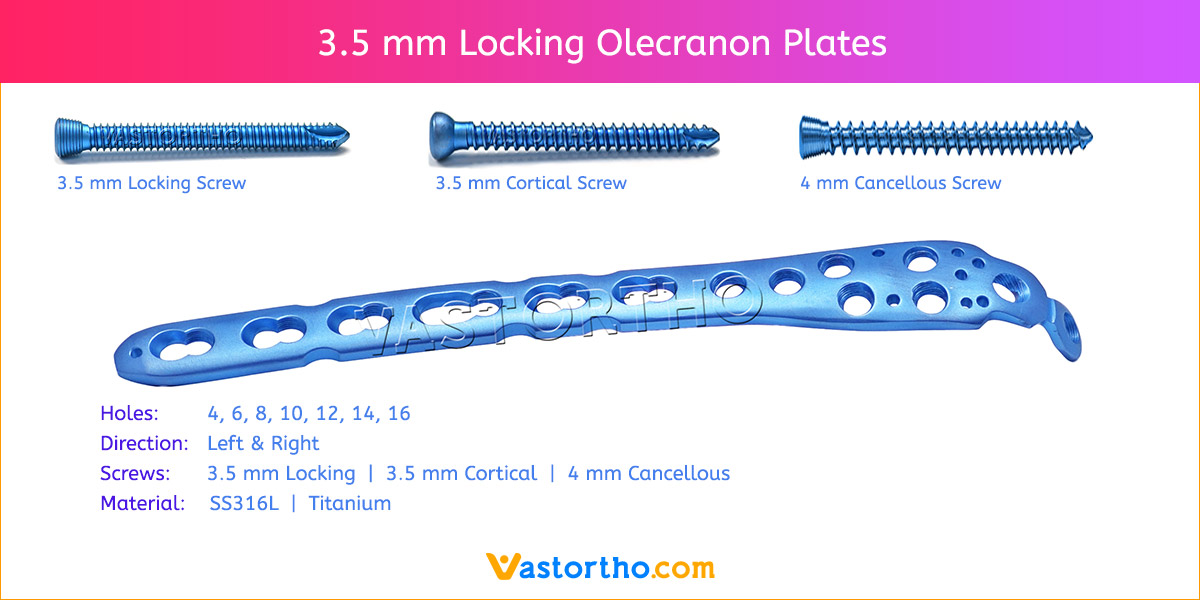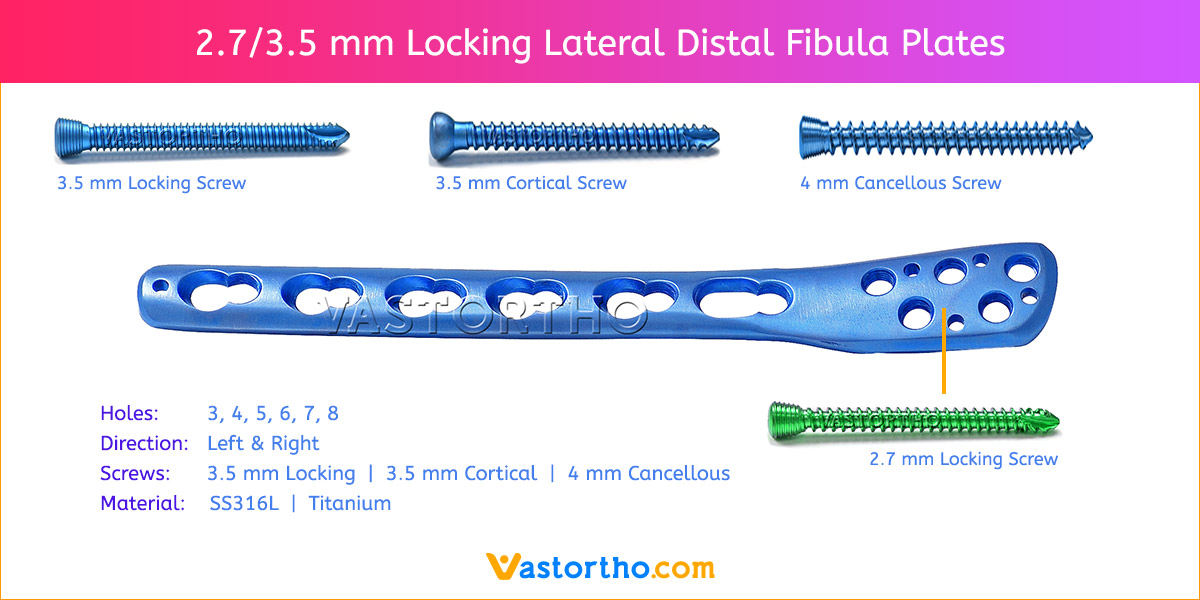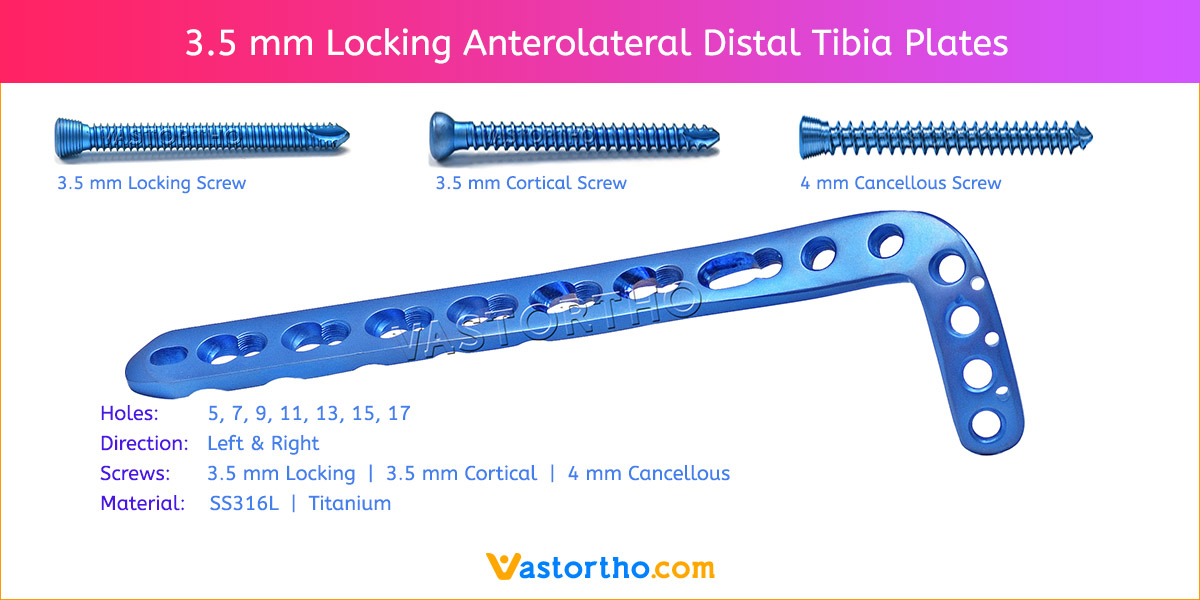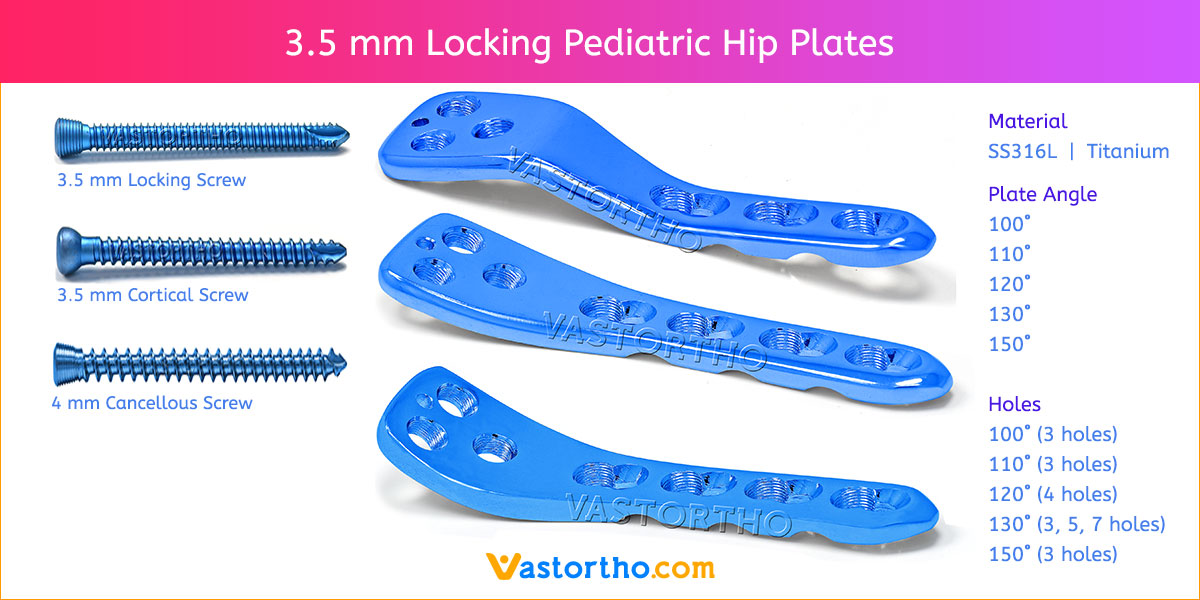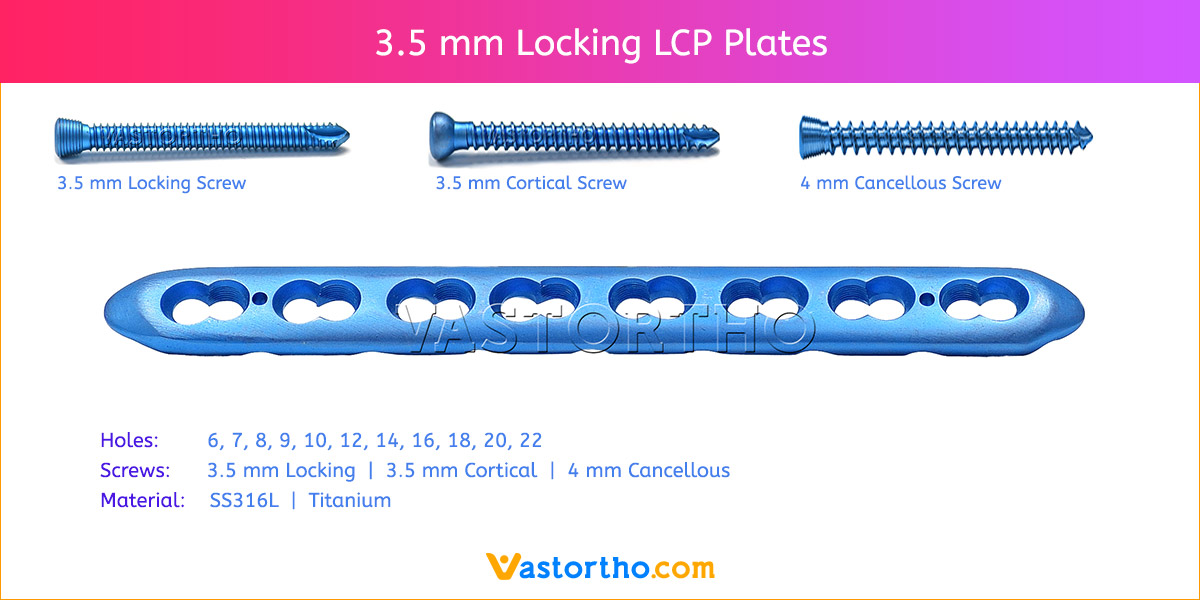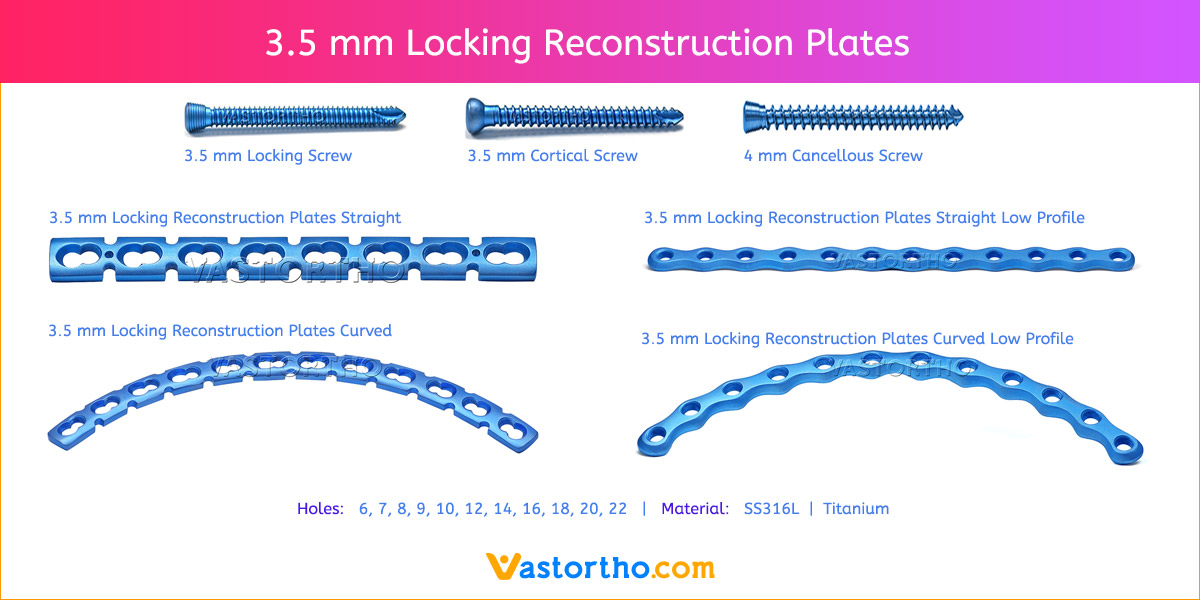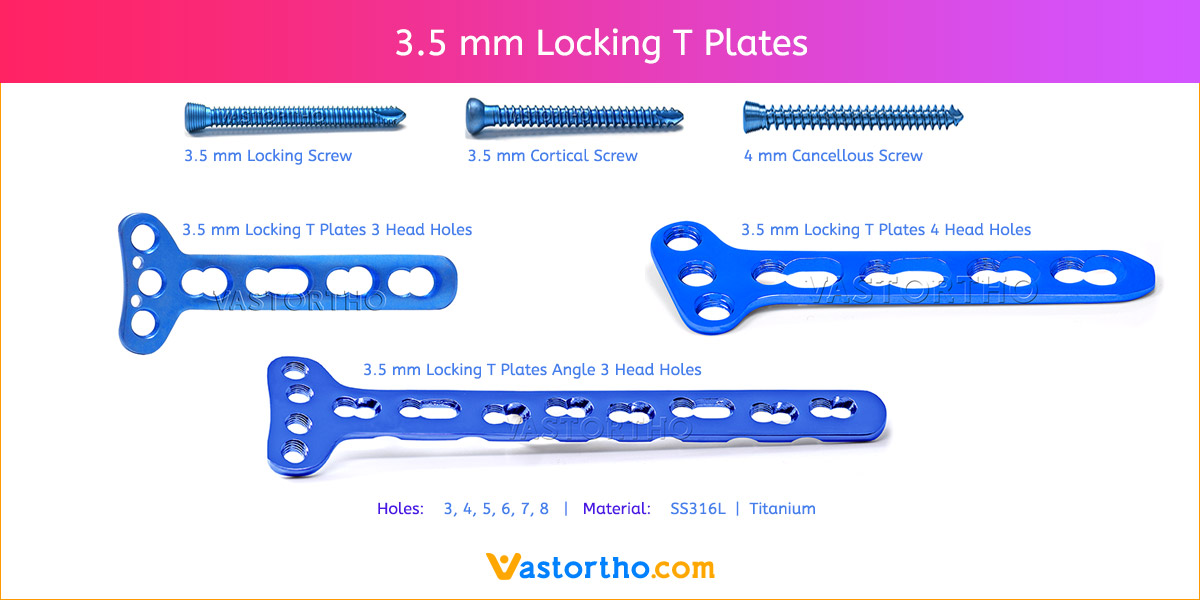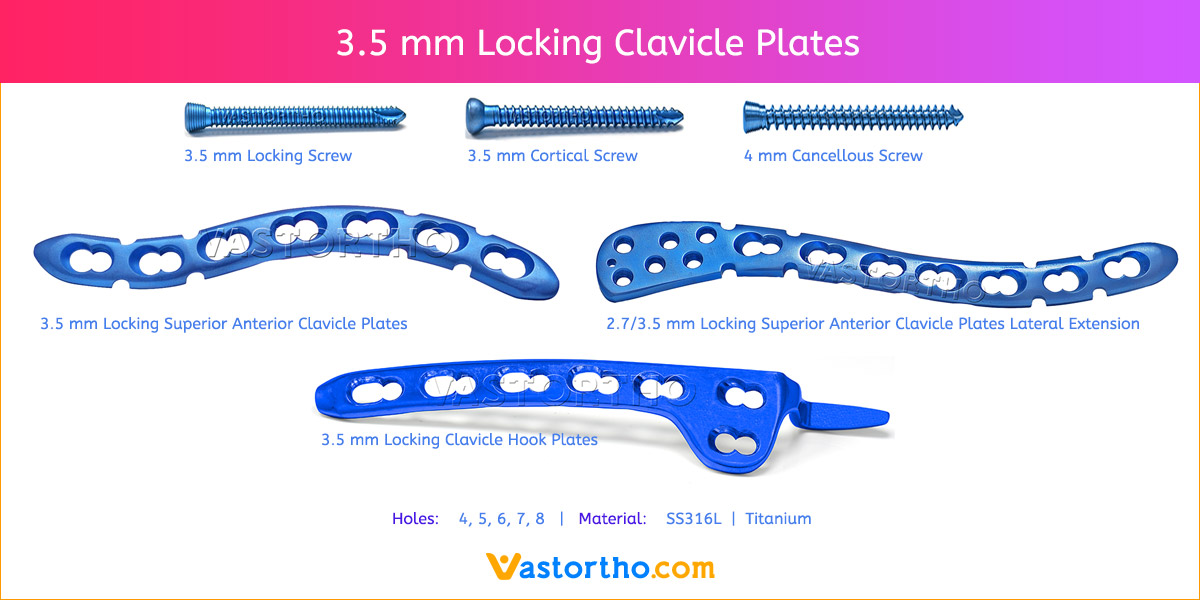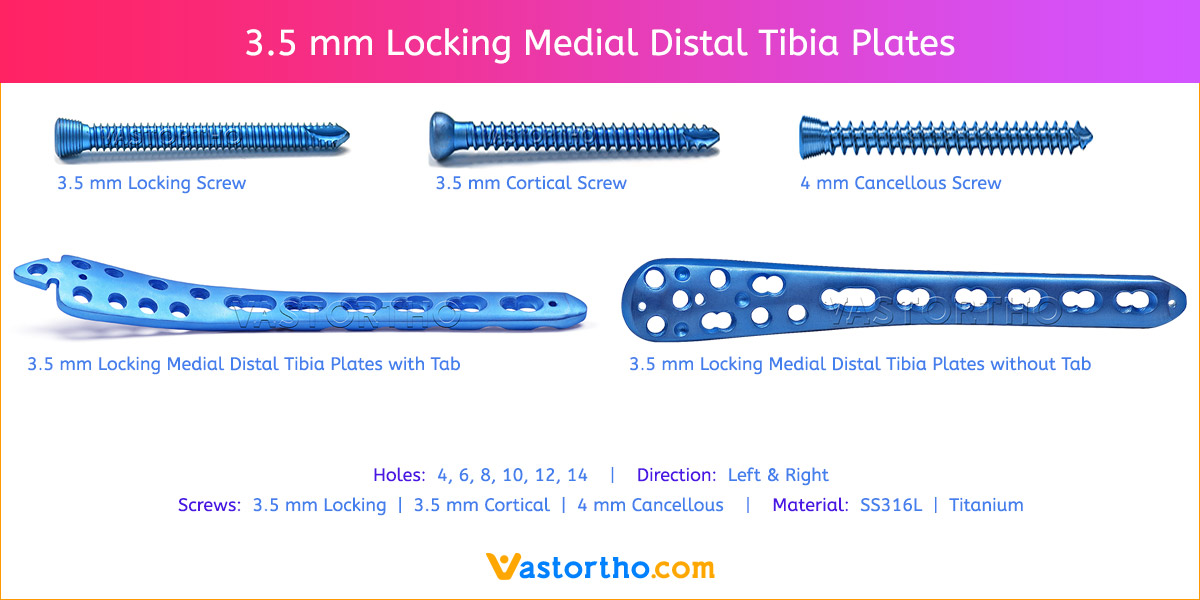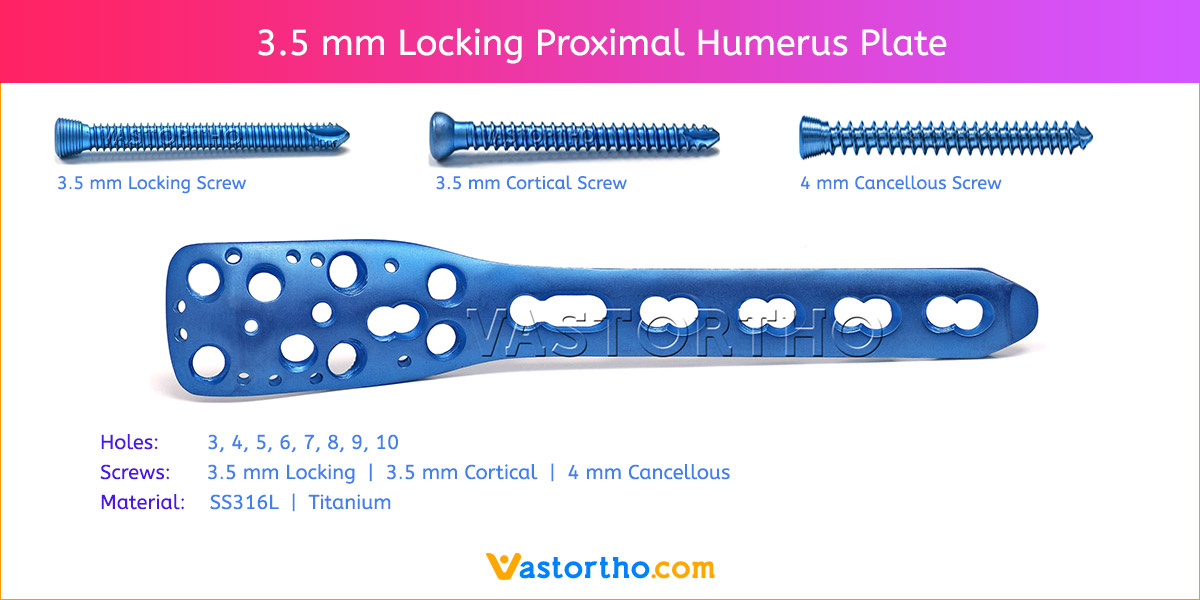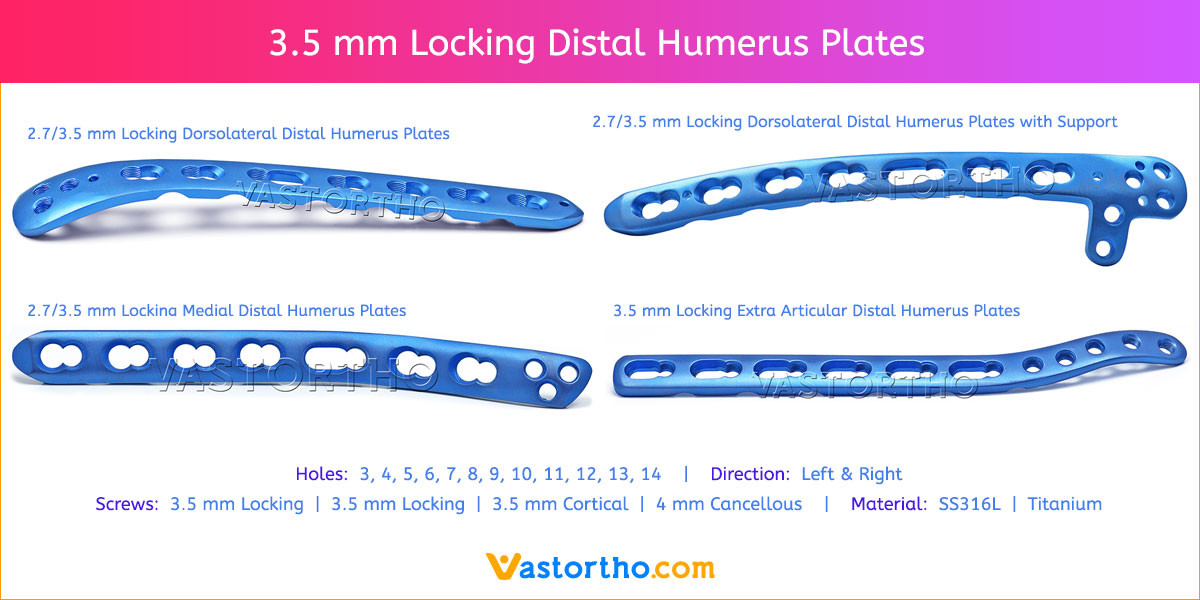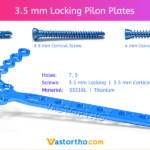Eight Plates Specification, Uses, Sizes & Surgical Instruments.

Guided growth using Eight Plates are commonly used for correction of angular limb deformities in growing children. The principle is of tethering at the physeal periphery while enabling growth in the rest of the physis. The method is also applied for epiphysiodesis to correct limb-length discrepancy.
The Guided Growth Eight Plates System acts like a flexible hinge and it can temporarily inhibit bone growth in the area where plates and screws are applied.
By tethering only one side of the physis (hemiepiphysiodesis), bone growth is not inhibited in the remaining areas of the growth plate, providing the potential to redirect the growth of long bones to gradually correct angular deformities of lower limbs.
By tethering two opposite sides of the same physis the longitudinal bone growth is temporarily halted, providing the potential to correct limb length discrepancies.
Eight Plates Specification
- Plates have 2 holes.
- Choice of 3 different lengths 12 mm, 16 mm and 20 mm.
- Plate holes accept 3.5 mm Cortical screws or 4 mm cancellous screws
- Dedicated for gradually correcting deformities of long bones in growing children
- Early weight bearing as tolerated by the patient and under surgeon discretion
- Pre-contoured plate to match anatomical shape.
- Available in both Titanium and Stainless steel.
- locking plate increases construct stability, decreases risk of screw back-out and subsequent loss of reduction. It also reduces the need for precise anatomic plate contouring and minimizes the risk of stripped screw holes.
- A complete Instruments Set is available for Eight Plates. General Instruments are available for this plate such as Plate Bending Press, Plate Holding Forceps, Plate Bending Pliers, Bone Holding Forceps, Bone Elevators, Bone Cutter, Bone Nibbler, Depth Gauge, Sleeve, Screw Driver, Trocar Sleeve etc.
Eight Plates Uses
Eight Plates are used for control and correction of angular deformities like genu valgum or varus by a performing epiphysiodesis.
Eight Plates serves as a tension band and restores the physiological axis. The tension band plate, with screws on either side of the physis, creates a non-rigid fulcrum outside of the physis, relatively lengthening the moment arm. Due to screw fixation, the risk of hardware extrusion is minimal.
Plates could be used and applied at the area of the knee, hip or ankle joints or to the area of the elbow and wrist.

